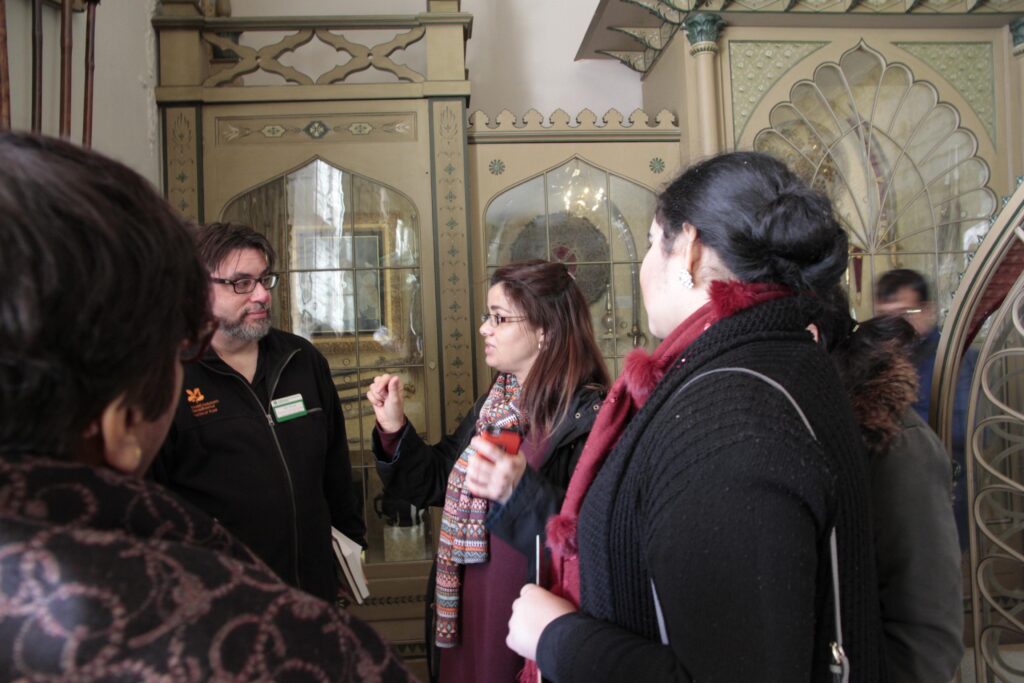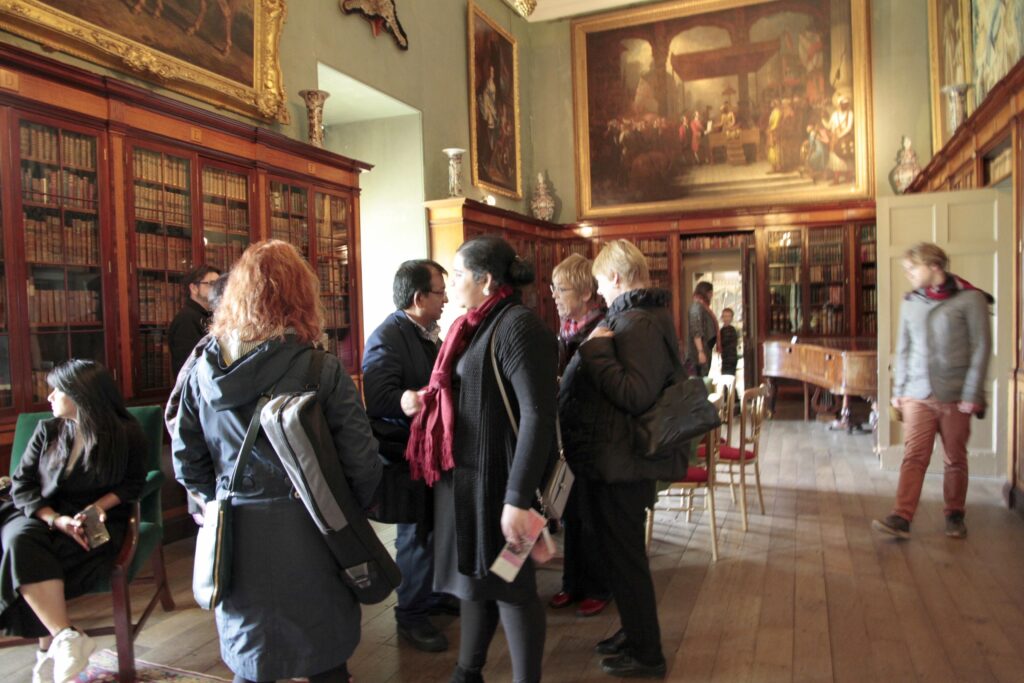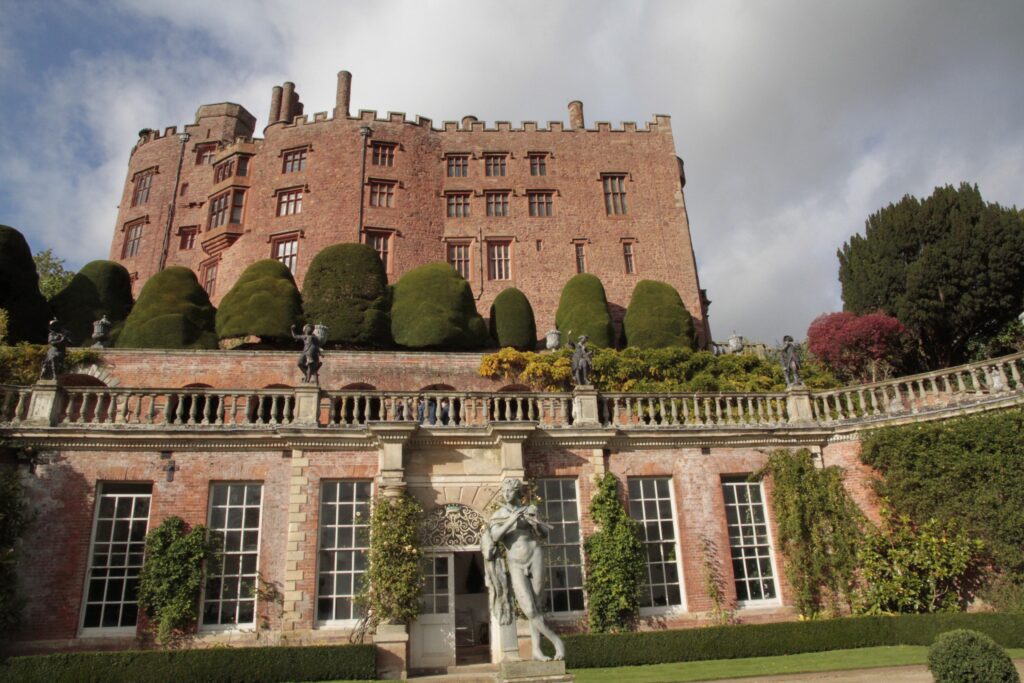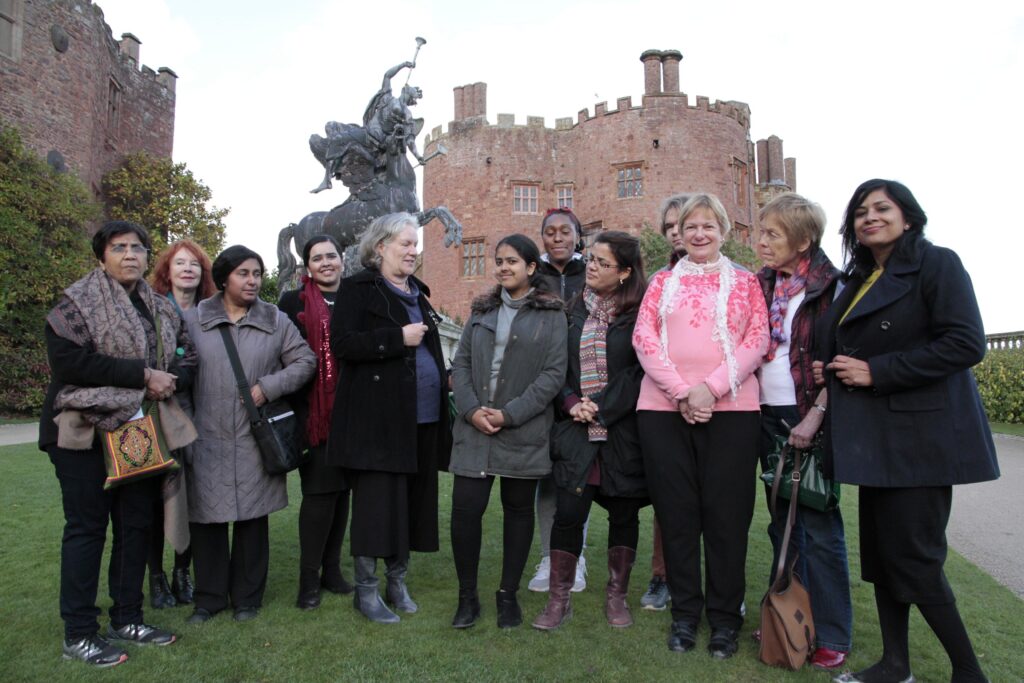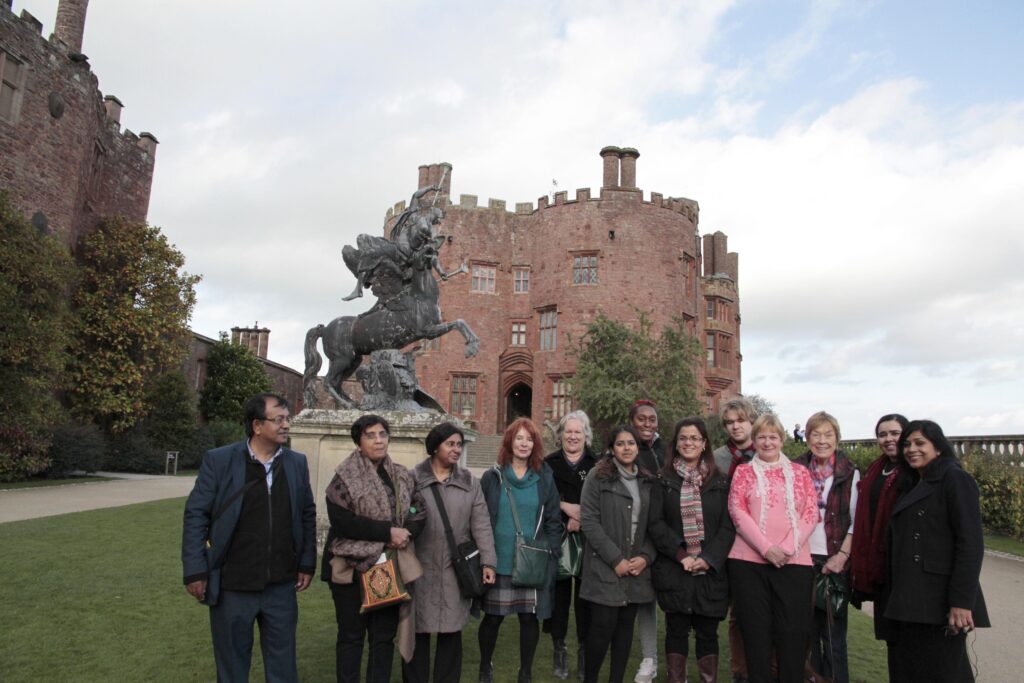“Wow, how incredible, I didn’t know that such a thing even existed,” said a fellow visitor to the Clive Museum in North Wales.
“Wow, how incredible, I didn’t know that such a thing even existed,” said a fellow visitor to the Clive Museum in North Wales. “Sirajuddaula’s palqi, oh my God, how can this be true?” queried another colleague. In addition to these reactions from members of our group, others expressed bewilderment, astonishment, surprise and amazement at seeing a palqi that once belonged to Sirajuddaula, which ended up here in this place.
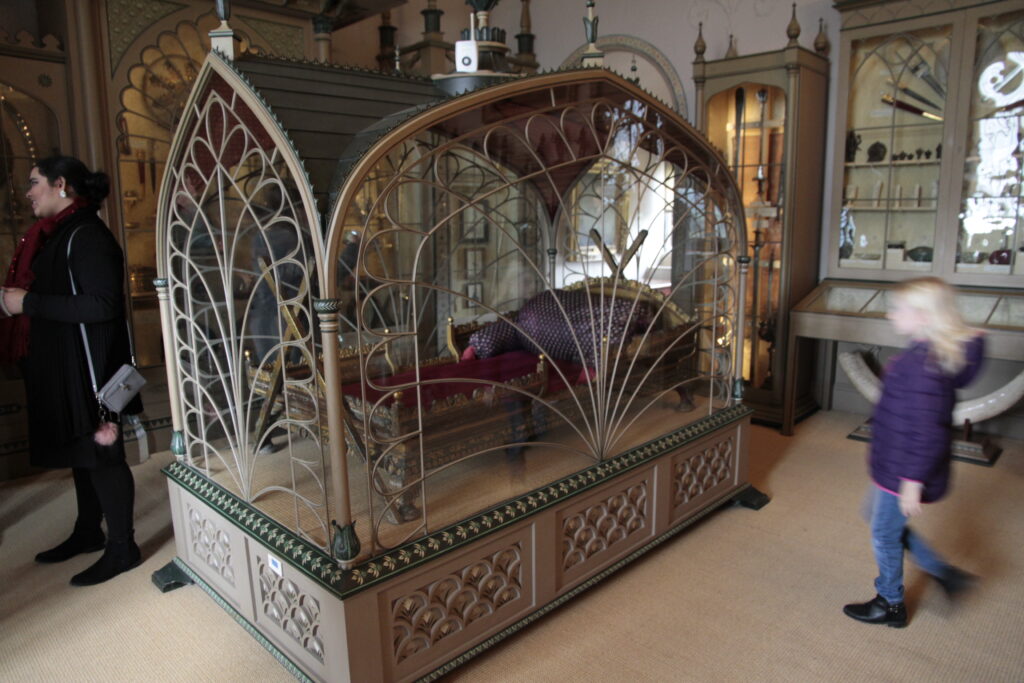
While the curator was taking us through the tour of the Clive Museum, the most interest of our group was focused on the palqi. “Was the item left by Sirajuddaula, when he fled the Battle of Plassey on 23 June 1757?” was a question that came to the minds of many of us. Also, “How did it get here?” was another question, to which, the curator answered, “It was the property of Robert Clive”. Then, we all looked at each other with smiles, as if we, by then, already knew the answer.
There were two other items of great interest at the museum for our group, one was a beautiful printed tent that belonged to Tipu Sultan and the other was a book by Lady Henrietta Herbert, from materials collected when she was in Southern India, during the time when her husband, Edward Clive, son of Robert Clive and the conqueror of Bengal, served as the Governor of Madras between 1798 and 1803. Just as one of Sirajuddaula’s palqi came into the possession of Robert Clive, somehow after the Battle of Plassey, a tent of Tipu Sultan’s became owned by Edward Clive, after the British defeat of Tipu Sultan at the Battle of Seringapatam in 1799, the expedition in which he also participated.
In total, there were fifteen of us visiting the Clive Museum on 28 October 2017, which is located inside the complex of the beautiful Powis Castle, located in North Wales. The visit to the Clive Museum was the culmination of our visit to the Market Drayton Arts Fest, where we delivered a book event, exhibition and short dramatised performances from several fictions of our book called ‘Untold Stories of the East India Company’. Although for the group, visiting the Clive Museum was the culmination of an incredible experience, a few of us went to see the Walcot Hall, before going back to London. Some of us did not want to go back to London without seeing the massive estate that Robert Clive bought in 1764 for £90,000, with money that received from Bengal after the Battle of Plassey.
Now going back to the main purpose of our visit, which was the promotion of our book called ‘Untold Stories of the East India Company’. The book contains seventeen fictional stories on the East India Company, based on facts, written by sixteen individuals. It was the culmination of an eighteen-month long community project called ‘Human Stories and the East India Company’, funded by the Heritage Lottery Fund. The project attracted a whole range of individuals from different ages, races, genders, faiths and ethnicities, and a very few of them had any previous experience of fiction writing, and none were professional writers with backgrounds in published writings.
We provided our participants with visits to the National Maritime Museum, Victoria and Albert Museum, British Library, London Metropolitan Archives to look at available materials on the East India Company stored and displayed there. They received training on deciphering old English handwriting, archival research, illustrating, and historical fiction writing, and were provided with monthly mentoring sessions for six months six months from a fiction writer. The process was an incredibly rich experience for our participants, who produced the wonderful stories published in the ‘Untold Stories of the East India Company’, covering a breath-taking range of subject matters.
The achievements of the heritage fiction writers were celebrated at a major end of project event held at the London Metropolitan Archives on 25 March 2017. The celebration event included presentations from some of the writers, an exhibition on the project, a Question and Answer Session, a short documentary and dramatised performances from some of the stories in the book. Subsequently, the exhibition and author visit event toured several venues within London. The visit to Market Drayton was felt special, because it was the home town of Robert Clive.
Our visit to the Market Drayton Arts Fest was organised by the Friends of Market Drayton Library, a group of incredible ladies who worked very hard to make our stay an incredibly hospitable and welcoming experience. They volunteered their houses for our group to stay, organised for us a guided tour of the town, where we saw many plaques and information on what they call Clive of India.
Visiting the very small museum of Market Drayton was an amazing experience, and again Robert Clive features largely. We could not visit the nearby Styche Hall, the ancestral home of Robert Clive, which he rebuilt for his father, soon after returning from his second tour of India in 1760, with money that he got from the spoils of the Battle of Plassey in 1757. Everyone that we met in Market Drayton showed high levels of hospitality, respect and affection, which made some of us feel that they may feel a little guilty at Robert Clive’s conquest of Bengal, although still seeing Clive as the greatest son of their town.
We got to Market Drayton by three cars on Friday night, 27 October 2017, and then we were very efficiently taken to our respective host houses. Next morning after breakfast, we were all required to meet at the Market Drayton Library at 9 am. At ten we started our morning tour of the town and then after twelve o’clock we were taken to a nice church turned community centre for group lunch. After that, we had about an hour of free time to do whatever we wanted. At about 2 pm in the afternoon, the door opened for the programme to start inside the library and people started to arrive. There were unexpectedly high levels of interested and when, in terms of health safety, the room could not cope with any more, many people were turned away.
We delivered a two hours programme with presentations and readings from our authors, dramatisation from sections of four stories, Q&A, and exhibition. The Mayor of Market Drayton, Cllr M Erwin, unusually from the experience of the library, stayed through to the end. He also spoke to me and spoke to others from our groups and said he looks forward to reading the book. All those who came to the programme got a free copy of the book.
From the interactions with people that we met and their reactions to our project and participants, it seemed that many of the people who came to the event felt emotional about it, in addition to intellectual interest and curiosity. One old man came to hug some of us and said hopes India will do in the future.
